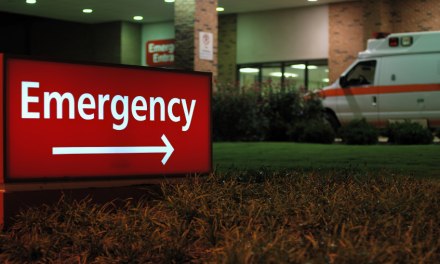I ran across an interesting piece from late 2014 on a study of young opioid users in treatment. The surprising thing: It suggested that the much-maligned residential treatment program may actually work better for some addicts than outpatient-plus-medication. That’s not what we’ve heard from others in the medical establishment, so it grabbed my attention.
The study took place at Massachusetts General Hospital and involved 292 opioid users aged between 18 and 25.
They found that for users who met DSM-IV criteria for opioid dependence, and who completed a 30 day inpatient 12 Step based program, abstinence rates at one year post-treatment were about 29%. That’s significantly higher than earlier studies found for patients who entered outpatient and received methadone or buprenorphine. Still plenty of room for improvement, of course, but worth paying attention to.
Patients in earlier stages, classified as misusers, didn’t do as well. The theory there was they weren’t yet to the point where changed seemed genuinely necessary to them.
Modern clinicians think of motivation as something that results from therapy, but for most addicts, it’s really about some external problem related to their substance use. External problems aren’t sufficient to sustain recovery, but they’re often the key to initiating it. In that respect, you could say that our ally in change is addiction itself.
I’ve long wondered about our increasing reliance on opioid maintenance as a first-line option for many of the young addicts we’re now seeing in treatment. Not that it isn’t an important part of a continuum. But as the study suggests, it may work better for older addicts than the younger set. A lot of the addicts that I’ve encountered simply didn’t respond to it. They dropped out. It seemed odd to me– we’re maintaining them on a daily dose that’s considerably larger than the equivalent dose used on the street– and the patient’s still slipping and sliding, only to eventually drop out, or get booted from the program?
What’s that all about, I ask you?
Just my opinion, but maybe that month in rehab wasn’t always such a bad idea. And maybe some of the young users we assigned to opioid maintenance could in fact have succeeded in establishing something like a traditional recovery from addiction.
At least we could offer them a choice. Life without drugs– doesn’t that seem like a worthy goal?













